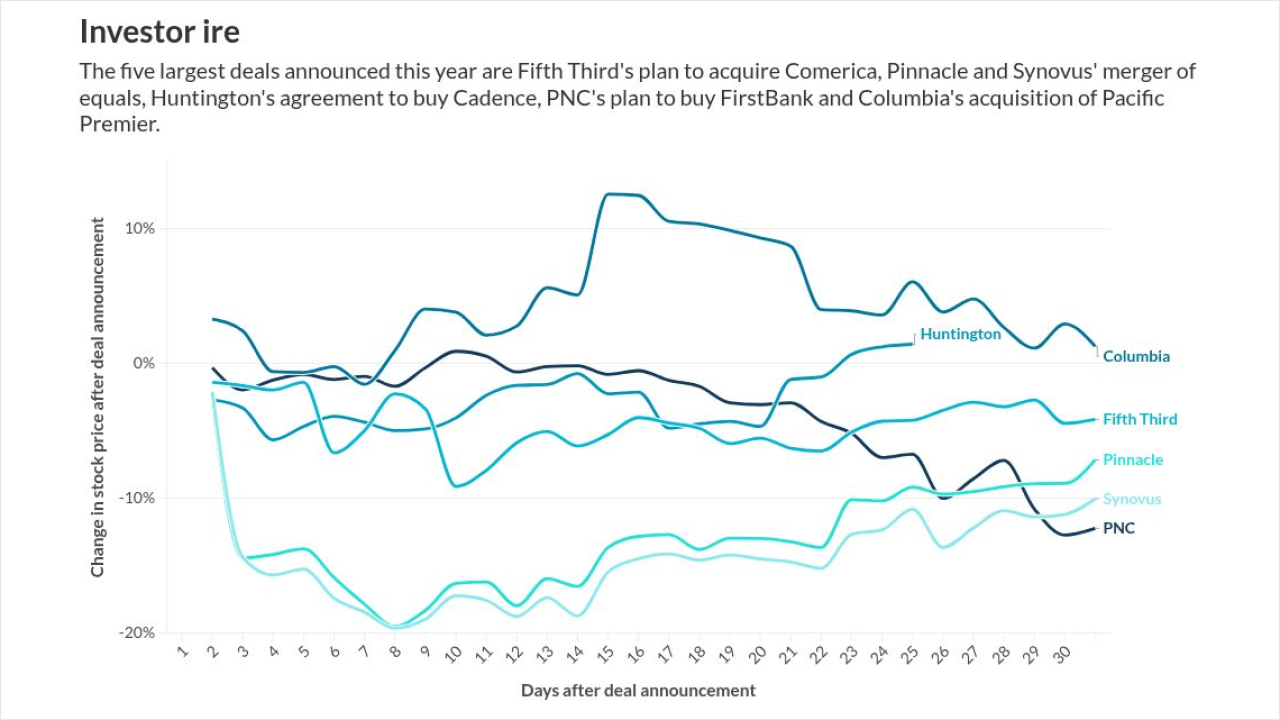IMGCAP(1)]
ISOs and prepaid card vendors may encounter merchant resistance to "virtual" gift card services because of their lack of understanding about the products, observers note.
Typically, consumers purchase such products from merchants online. Instead of a card, they receive a number or bar code they can print out or display on a mobile device and use to redeem the prepaid funds online or at the point of sale.
"The idea of 'virtual' still is very difficult to grasp for a lot of merchants," says Adil Moussa, an analyst with Boston-based Aite Group LLC. Some merchants may think, "'I cannot touch it. I can not see it. Why would I sell something not tangible?" he says.
Virtual prepaid cards are "out of the realm of knowledge" for many merchants, agrees Bruce Becker, business-development coordinator at Cowan's Retail Systems, a Salt Lake City-based ISO. "They sell gift cards as a sideline because the customers are used to that. But they don't think about e-commerce," he says.
Cowan's has received "a lot of interest" in virtual prepaid products "but not a lot of action," he says. "The ability to deal with technology scares [merchants]. It's an education process."
Indeed, Branded Restaurants LLC, which operates three restaurant brands in New York, initially had difficulty understanding how virtual gift cards work and how the company could benefit from them, says Caki Zamoiski, the company's director of marketing. "At first I did not understand, and it was confusing. But it was something I wanted to get involved in because so many people are buying gift cards online," she says.
Merchant Interest
Despite initial confusion for some, many merchants are interested in selling virtual gift cards, contends Mike Fletcher, chief marketing officer at Portland, Ore.-based Giftango Corp.
Branded Restaurants uses Giftango's virtual gift card products.
With Giftango's service, merchants sell closed-loop prepaid products from their Web sites. Buyers receive e-mails with a link to a Giftango Web page that shows the amount of funds available in the card account, a bar code and the card number.
To use the service, consumers either can print the information from the Web page and take it to a retailer, or they can open the page using a smartphone Web browser and show the information to the clerk at the point of sale.
The merchant then either enters the prepaid account number into the register of a payment terminal or scans the barcode to access the funds for a transaction.
Giftango recently began working with ISOs to resell its products, says Fletcher. The company provides training and branded materials for ISOs, he says. ISOs earn residuals from the virtual prepaid product. "It's a percentage base, and it depends on which card processor" is involved, says Fletcher.
Giftango has processing relationships with such
companies as Valutec Card Solutions LLC, Chase Paymentech LLC, Givex Corp. and Heartland Payment Systems Inc.'s Chockstone unit.
Merchant Benefits
Merchants that use virtual gift card products can benefit from lower prepaid costs and increased sales, note observers.
Branded Restaurants has seen prepaid sales increase since adding the virtual product, says Zamoiski. Restaurant brand City Crab & Seafood "has been selling the most, about one or more a day. It's a lot. In-house gift card sales are about one a week," she says.
Roughly $100 is the average amount consumers are loading into prepaid accounts at City Crab, Zamoiski says. Prepaid sales at Branded Restaurants' other two brands also have increased but not at the same rate, she notes.
Most restaurants have Web sites, but few use them to create revenue, says Becker. Adding a virtual prepaid product "gives them the opportunity" to earn additional income with little labor output, he says.
Merchants also can save funds by using virtual prepaid products, says Moussa.
Some peripheral costs come with physical gift cards, including those associated with card manufacturing and printing and with the envelope or sleeve that holds the card, he says.
Using a virtual product costs "probably $1 to $1.50 less per card for [smaller] merchants," says Moussa.
Mobile Potential
While many vendors offer virtual prepaid card products, not all of them are associated with mobile devices, notes Moussa.
Gift cards in the future will be an application on a smartphone screen instead of a physical card, says Jim Contardi, senior vice president of prepaid solutions at Atlanta-based First Data Corp. "Starbucks gave us an example of that, and we're going to see more of that in 2010," he says.
Starbucks Corp. this fall began testing an Apple Inc. iPhone and iPod Touch application that enables loyalty cardholders to pay for their purchases at retail locations. Customers can manage their Starbucks Card account and add funds using a credit or debit card, the coffee company said in a statement.
The application displays a barcode users can scan at the point of sale to complete a purchase by deducting funds from the loyalty card account.
"Mobile phones for redemption have just started," agrees Ralph Calvano, senior vice president and general manager of prepaid business at Fidelity National Information Services, a Jacksonville, Fla.-based provider of processing services. "We're just starting to see big retailers like Starbucks trying to push an app to the iPhone that doesn't just track prepaid cards or transfer money between them," he says.





